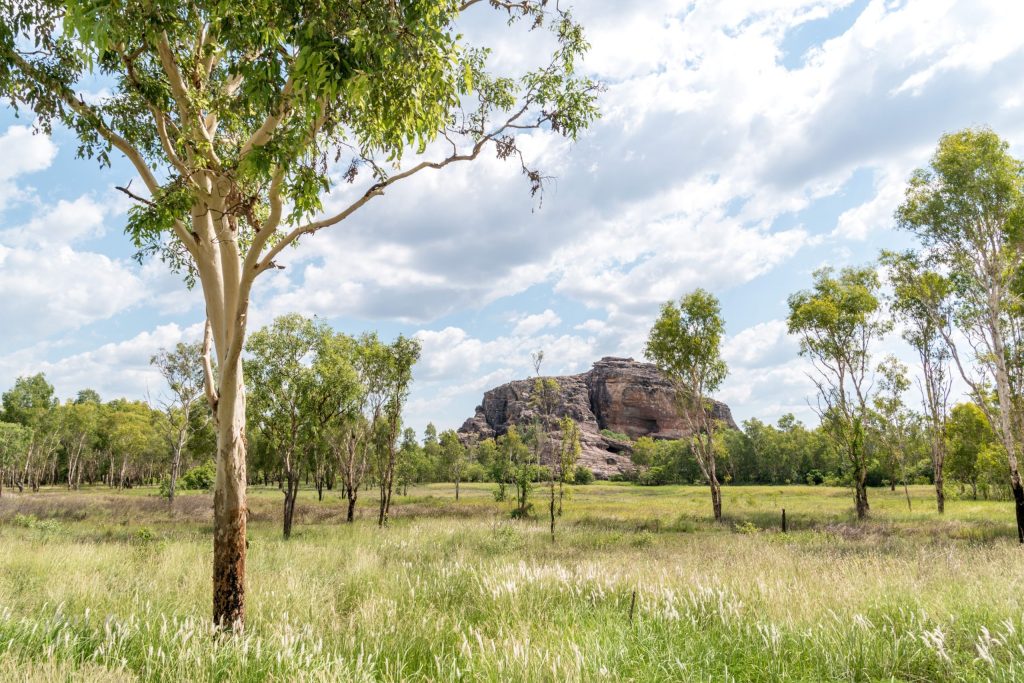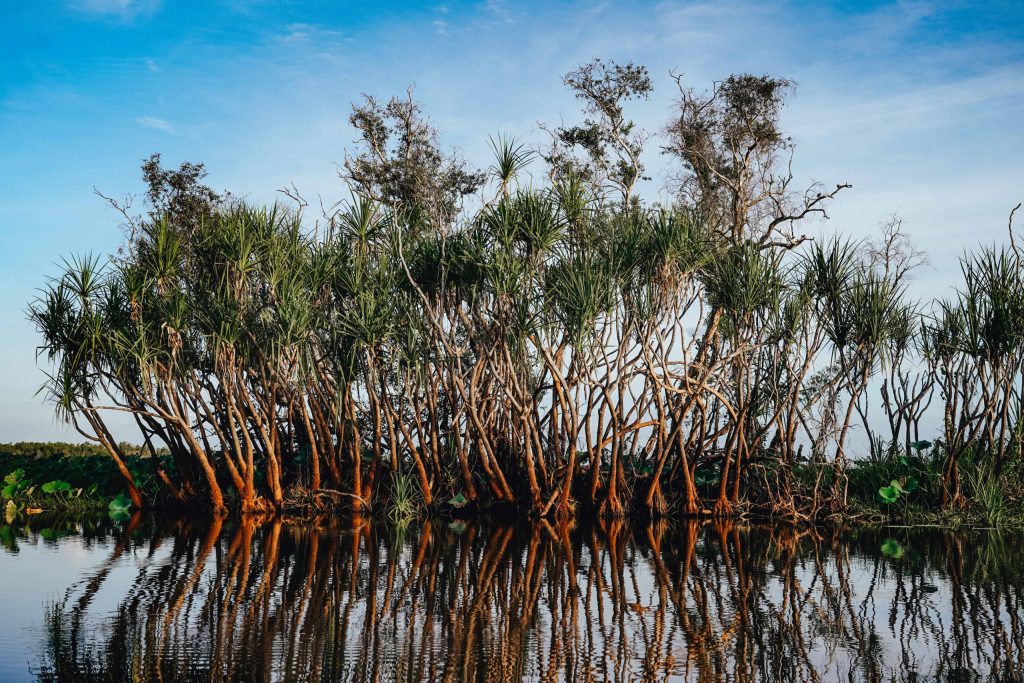Nestled in the northern reaches of Australia’s tropical Top End, Kakadu National Park stands as a testament to the country’s diverse landscapes, rich biodiversity, and ancient cultural heritage. Spanning over 19,000 square kilometres, Kakadu is not only Australia’s largest national park but also a UNESCO World Heritage-listed site, celebrated for its unparalleled natural beauty and its significance to the Indigenous communities who have called this land home for over 65,000 years. Let’s embark on a journey to discover the wonders and stories that make Kakadu National Park an awe-inspiring destination like no other.
A Tapestry of Natural Beauty
Within Kakadu’s vast boundaries lie a myriad of ecosystems that showcase the remarkable biodiversity of the region. From sweeping floodplains and lush rainforests to rugged escarpments and serene billabongs, the park’s diverse landscapes harbour a plethora of flora and fauna. Wetlands are a highlight of Kakadu, especially during the tropical wet season when monsoonal rains fill the rivers and floodplains, creating a stunning panorama of water birds, including the iconic jacana, brolga, and magpie geese.
Jim Jim Falls and Twin Falls, both located in the heart of the park, are awe-inspiring waterfalls that tumble from the sandstone cliffs during the wet season, creating a dramatic sight. As the dry season takes hold, the park transforms, and the waterfalls recede, revealing idyllic plunge pools and picturesque rock formations, perfect for swimming and exploring.
Abundant Wildlife
Kakadu is a haven for wildlife enthusiasts, offering rare opportunities to witness an array of native animals in their natural habitats. Saltwater crocodiles, often regarded as the park’s most formidable residents, can be spotted lazing along the riverbanks or gliding stealthily through the waterways. Birdwatchers will be delighted by the more than 280 bird species that call Kakadu home, including majestic eagles, brightly coloured parrots, and cheeky kookaburras.
For those who appreciate the unique flora of the region, Kakadu showcases a diverse range of plant species, some of which have traditional uses by the Indigenous communities for medicinal and cultural purposes.

Ancient Indigenous Culture
Kakadu National Park is not only a treasure trove of natural wonders but also a place of profound cultural significance. The land has been cared for and inhabited by Aboriginal people for tens of thousands of years, and their ancient cultural heritage is intricately woven into the fabric of the park. The Bininj/Mungguy people are the traditional custodians of Kakadu, and their deep connection to the land is evident in the rock art galleries scattered throughout the region.
The rock art sites in Kakadu are some of the oldest and most extensive in the world, providing a window into the stories, traditions, and spiritual beliefs of the Indigenous ancestors. Ubirr and Nourlangie are two iconic sites that showcase rock art dating back thousands of years, depicting Dreamtime stories, wildlife, and cultural practices.
Experiencing Kakadu
To truly immerse oneself in the magic of Kakadu National Park, various activities and experiences are available for visitors. Guided cultural tours offer insights into the Indigenous heritage, explaining the significance of the land and its art while respecting its spiritual importance.
Cruises along the Yellow Water Billabong provide an opportunity to witness the teeming wildlife and stunning landscapes, especially during the wet season when the billabong swells with life. The dry season is ideal for exploring walking trails that lead to scenic lookouts, waterfalls, and ancient rock art sites, with options suitable for different fitness levels.
Camping under the starlit skies in designated campgrounds allows visitors to connect more intimately with the natural environment, and the sounds of the surrounding wildlife create a symphony of nature that is truly unforgettable.

Yellow River
Conservation and Preservation
As a World Heritage site, Kakadu National Park is protected for future generations, ensuring the preservation of its natural and cultural heritage. Park management works hand in hand with the local Indigenous communities to care for the land, preserve sacred sites, and maintain the delicate balance of ecosystems.
Visitors to Kakadu are encouraged to practice responsible tourism, respecting the environment, wildlife, and cultural significance of the area. This includes adhering to park guidelines, not littering, and supporting Indigenous-owned businesses when possible.





